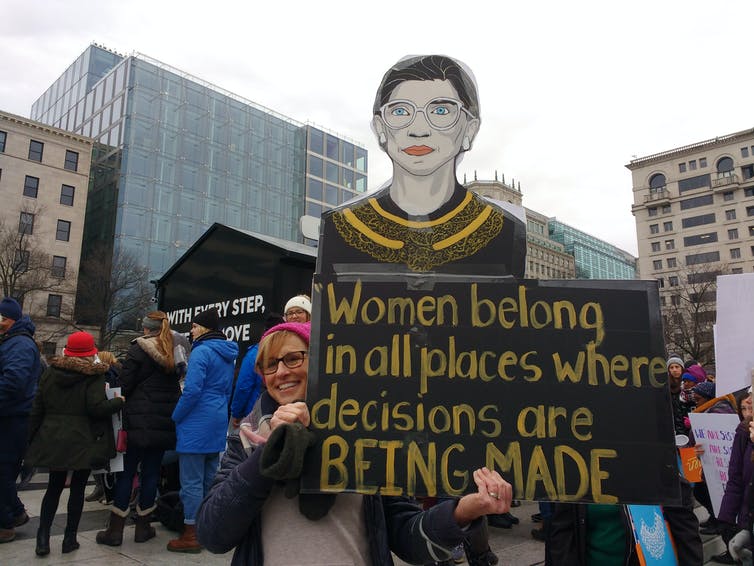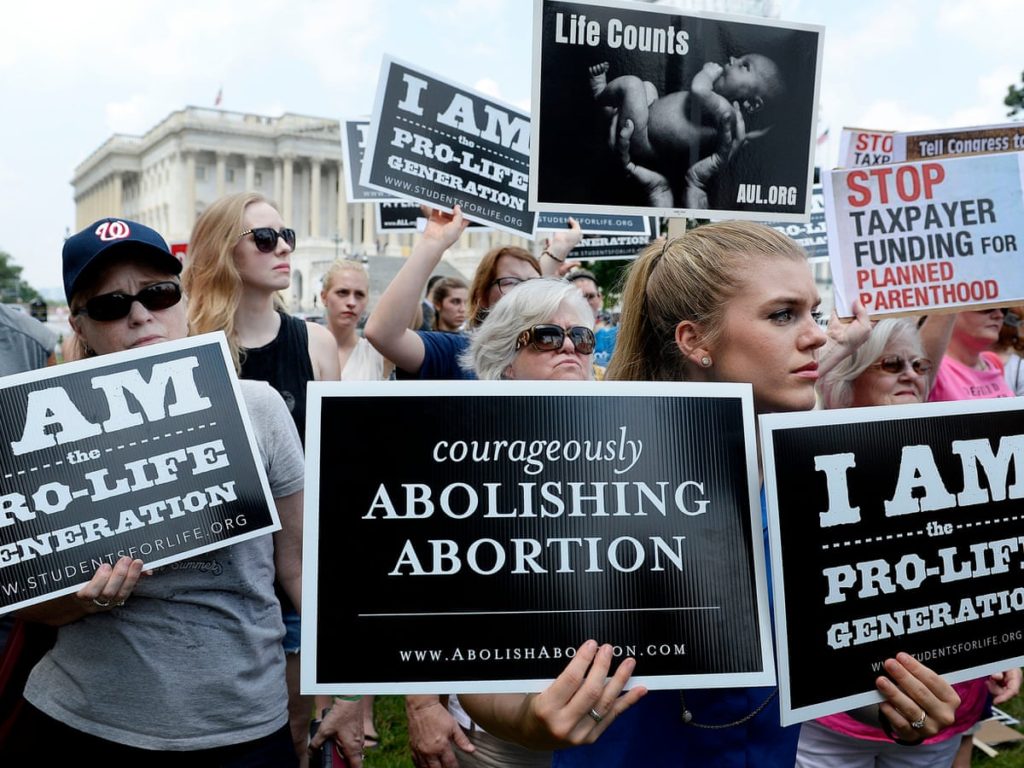- Studied documentary photography
- Claude Cahun is a big influence on Shannon
- Claude Cahun was a Jewish Lesbian woman
- A rebel and did thing she though was right
- Wore mens clothes in a lot of photos
- Also Influenced by Duane Michals
- displays images like a film real
- Casa Susanna
- A place where transgenders and LGBTQ people went where they could be free and not come under attach.
- Walter Pfeiffer
- Colaborates with subjects to document how the subject wants to be percieved
- Adi Nes
- Israeli Photographer
- Creates staged images of men breaking the ‘manhood’ stereotype
- ‘Questioning ‘Male Provado’ in the context of war.
- Key theorists:
- Judith Butler – “Masculine and feminine roles are not biologically fixed but socially constructed.”
- June Singer – “Androgyny is not trying to manage the relationship between the opposites; it is simply flowing between them.”
- ‘Shrinking Violet’ (2016) – One of Shannon’s projects
- Looking at feminism and her mom’s place in the house.
- ‘Abort Mission’ (2018) – First university project
- Started with an encounter anti abortion protestors
- Started thinking about woman’s health and how woman are viewed from society.
- Shannon read pretty much the whole bible
- Shannon likes to put juxtaposing images next to each other
- Forming sequences using colour, wide shots and tight shots
- ‘By Your Bedside’ (2018) – Personal project
- Her mum went into a coma
- Shot it on Medium format
- ‘The Cat and the Mice’ (2018) – University project
- Suffragette movement – militants
- Documented places that were key during the time
- Documented activist alive today
- Created a group of activists
- ‘That’s Not The Way the River Flow’ (2019)
- Heavily influenced by Judith Butler
- Lots of layers: Photos, videos, sound, poems
- Not taking yourself to seriously
Monthly Archives: October 2020
Filters
Shannon O’DONNELL
- university of south wales
- politics (local / global)
- Claude Cahun
- Duane Michals
- Casa susanna
- Walter Pfieffer
- Adi Nes
- ‘Masculinities’ book
- The cat and the mice
- Suffragette movement
- Judith Butler
- Gender performativity
- That’s not the way the river flows
- poetry
Shannon O’Donnell Visit/ Feminism Notes
- Deconstructing Gender binary stereotypes
- Claude Cahun
- Duane Michals
- Casa Susanna
- Walter Pfleiffer
- Adi Nes – war – work on masculinity/ sexuality, book – masculinity
- Judith Butler – gender social construct
- Gendered roles don’t have to be followed
- Wales in relation with suffragette movement
- Suffragist Vs Suffragette
- the cat and the mice
- Dadaism
- That’s not the way the river flows – short film
Suffragists believed in peaceful, constitutional campaign methods. In the early 20th century, after the suffragists failed to make significant progress, a new generation of activists emerged. These women became known as the suffragettes, and they were willing to take direct, militant action for the cause.
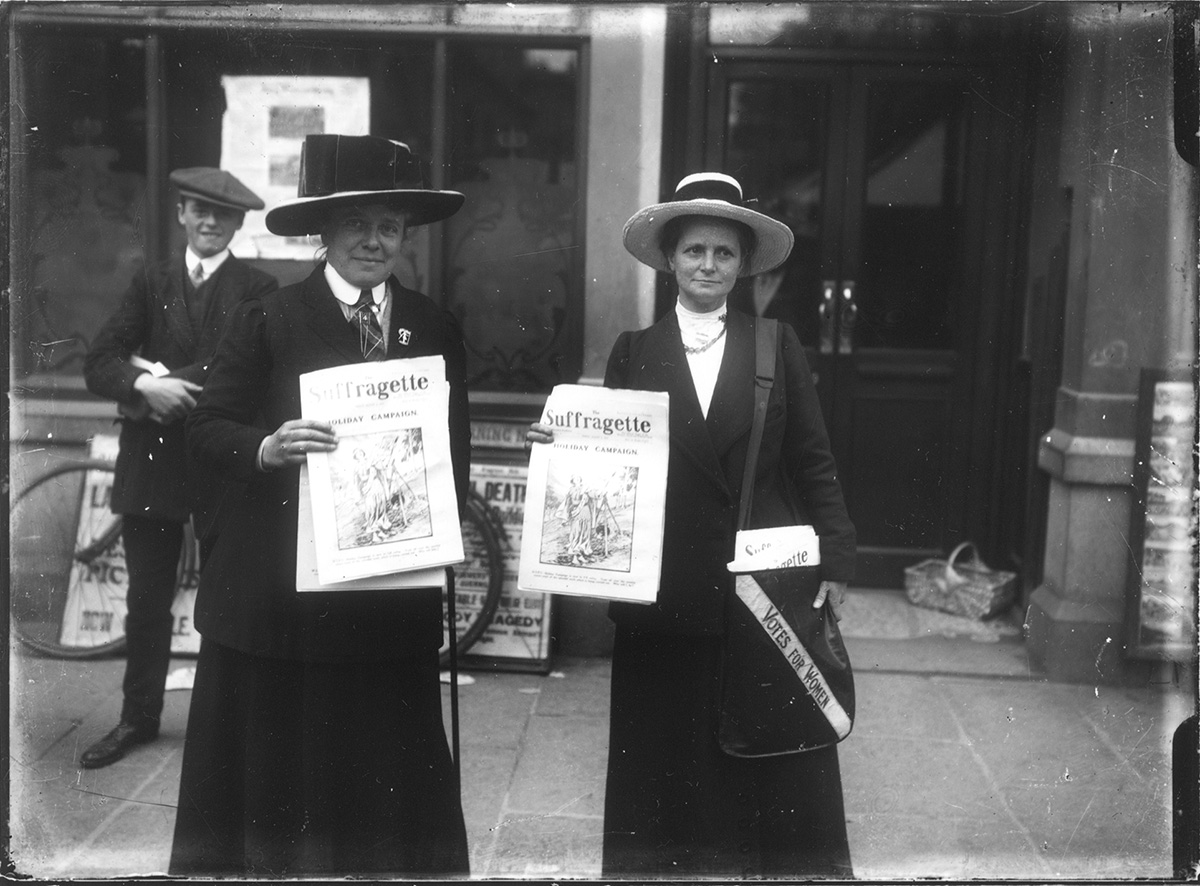
A Dadaism was a movement with explicitly political overtones – a reaction to the senseless slaughter of the trenches of WWI. It essentially declared war against war, countering the absurdity of the establishment’s descent into chaos with its own kind of nonsense.
Sexism – Refers to the typical way in which men and women are taught to view each other as opposites, with the male being the more dominant/ superior gender.
Feminism – A range of social, political and ideological movements that aim to achieve equality in all fields for the sexes.
Patriarchy – A social system in which men hold most power and dominate in roles such as political leadership, moral authority, social privilege and control of property – a system where women are largely excluded.
Enfranchisement – The giving of a right or privilege, especially the right to vote.
Conservatism – Commitment to traditional values and ideas with opposition to change or innovation.
Neo-conservatism – Someone whose politics are conservative or right wing, who believes strongly in the free market and thinks that their country should use its military power to become involved with or try to control problems in other countries.
- Feminist = Political position
- Female = Matter of biology
- Feminine = Set of culturally defined characteristics
Key Theorists/ People
Mary Wollstonecraft (1792) – English writer and a passionate advocate of educational and social equality for women. She called for the betterment of women’s status through such political change as the radical reform of national educational systems. A Vindication of the Rights of Women .
Virginia Woolf (1929) – Argues that a woman needs financial freedom so as to be able to control her own space and life—to be unhindered by interruptions and sacrifices—in order to gain intellectual freedom and therefore be able to write independently (expressed through the title of her book – A room of one’s own).
Simone de Beauvoir (1949) – The Second Sex, discusses the treatment of women throughout history. Beauvoir researched and wrote the book in about 14 months between 1946 and 1949. The author also uses the comparison of girls being ‘treated like a live doll’, showing how they are totally submissive and only serve the purpose of looking pretty and being admired for that.
Jean Kilbourne – In the late 1960s, Jean Kilbourne began her exploration of the connection between advertising and several public health issues, including violence against women, eating disorders, and addiction, and launched a movement to promote media literacy as a way to prevent these problems. Critic of how women are depicted in advertising. made the documentary “Killing Us Softly”. began collecting ads with shaming or anti-feminist implications in the late 1960’s and things keep getting worse. Heavily critical of the use of women’s images in ads that teach women that looks are what matters most. most women feel ashamed and guilty when we fail. failure is inevitable because images are retouched, impossible for women of color to be perfect because only light-skinned woman achieve the ideal black women in ads are frequently featured in jungle settings and animal-skin-like clothing.
Laura Mulvey – Male Guise – The concept that texts present females through the eyes of a heterosexual male, often objectifying the physical form for gratification.
Judith Butler – According to Butler’s theory, gender is essentially a performative repetition of acts associated with male or female. Currently, the actions appropriate for men and women have been transmitted to produce a social atmosphere that both maintains and legitimizes a seemingly natural gender binary. For example, men must be masculine, they are expected to display attributes such as strength, power, and competitiveness, and less openly display emotion and affection (especially toward other men). Whereas women are forced to be conveyed as over-emotional, fragile and weak especially without a male partner. Judith Butler describes gender as ‘an identity instituted through a stylized repetition of acts’ meaning that as we grow our gender adapts and changes based upon representations we are presented with suggesting that gender is only a construct and should be viewed as something that is fluid.
Waves Of Feminism –
The First Wave Of Feminism – Occurred during the 19th and early 20th century throughout the Western world. It focused on legal issues, primarily on securing women’s right to vote, a key movement/ group would be the suffragette movement which occurred during this period.
The Second Wave Of Feminism – began in the United States in the early 1960s and lasted roughly two decades. It quickly spread across the Western world, with an aim to increase equality for women by gaining more than just enfranchisement.
The Third Waves Of Feminism – Influenced by the postmodernist movement in the academy, third-wave feminists sought to question, reclaim, and redefine the ideas, words, and media that have transmitted ideas about womanhood, gender, beauty, sexuality, femininity, and masculinity, among other things. Started in the US in the early 1990s and continued until the fourth wave which began in the 2010s.
Raunch Culture – Women and the Rise of Raunch Culture (2005) is a book by Ariel Levy which critiques the highly sexualized American culture in which women are objectified, objectify one another, and are encouraged to objectify themselves. Levy refers to this as “raunch culture.”
Art & ACTIVISM: Identity Politics + Culture Wars
Identity politics:

Identity politics is where social matters to do with people’s identity, usually including topics such as homosexuality, race, gender, death penalty, abortion, religion and more are discussed. Laws are created or changed to try and be more inclusive and tolerant of peoples beliefs.
Culture Wars:
Culture wars is the conflict between groups of people (cultures) who have different social views and beliefs. Often topics of culture wars include the government, race, gender, voting, and laws.
How does Culture Wars and Identity Politics impact society?
ZINE FULL PLAN
Shoots
Shoot 1 – Buildings/objects of significance
Shoot 2 – Archival photos/portraits
Shoot 3 – Portraits of family members in the present day (environmental and candid portraits)
Layout
Use bleed on good images that are high quality. The quality of the photos must be high throughout as the zine may be opened on any page, and thus interest for the reader/observer must be maintained throughout. Portraits of people will remain on the right side page, and the left reserved for an abstract object with no context, however has a special meaning ti the person photographed next to it, some form of significance to them which allows the reader to make assumptions and try and piece together clues and similarities and thus make sense of the story I am trying to tell.
SHOOT ONE
WHERE: Various Locations
WHO: I am going to photograph places/buildings of significance to my family ready for the zine. This will include previous places of residence for my grandparents. This shoot will be purely focused on places of significance, not portraits of people just yet, that will be reserved for my next shoot.
EQUIPMENT/ LIGHTING: Natural light as they will be predominantly outdoors. Natural light on a sunny day will allow for a more authentic look.
COMPOSITION: There will be multiple different angles
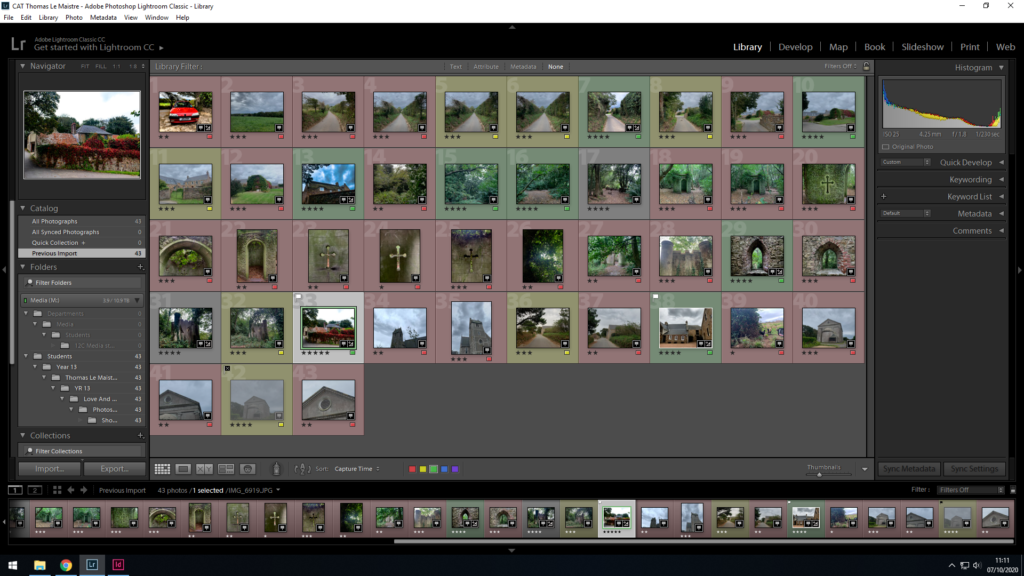
SHOOT TWO
WHERE: In a studio or well lit room
WHAT: Photos of old pictures/photographs or old places of residence and old portrait photos from archive/family albums
EQUIPMENT/ LIGHTING: Studio lighting and use of camera flash, holding camera on a tripod above the photo facing down to create an overhead shot. Hopefully no blurs or shine will show up in the photos taken as I want to maintain high resolution and detail focused all around the image.
COMPOSITION: Symmetrical, overhead shot made to fill the frame or with large, chunky white or coloured borders depending on the image.
SHOOT THREE
WHERE: At home or work, potentially could make a tableaux and create a story through a staged photo shoot, or candid photographs of him in the garden or garage working.
WHAT: Portrait photos of my dad both candid and environmental.
EQUIPMENT/ LIGHTING: Natural light as they will be predominantly outdoors. Natural light on a sunny day will allow for a more authentic look.
COMPOSITION: There will be multiple different angles and compositions as there will be many different things I will be photographing.
iconic image – response
my ‘iconic’ images
what makes an image iconic?
The word iconic itself means “widely known and well-established”. Therefore, for an image to be iconic it must be familiar and successful, but how does an image become this? Not every image taken has the capabilities to be “iconic”, because they are boring, lack aesthetics and conceptual ideas. An iconic image should immediately trigger certain powerful emotions, meaning that a photo posted on Instagram by Joe Bloggs of his lunch will never reach the level of exposure to become ‘the image’, ‘the image’ that everyone knows, understands and can connect to. Social media, itself, has created a problem with considering iconic images, due to the fast pace and replaceable capabilities of all the platforms, such as Instagram and Twitter. An example of an iconic image would be Alberto Kordas’ photograph of Che Guevera, a revolutionary leader, whose portrait has been used and placed on everything imaginable. Another example of an iconic image would be Nick Uts’ image of Vietnamese children fleeing their village after a bomb was dropped there. Both images capture something of interest and meaning and make them the iconic image that they are.
For an image to be iconic it must be recognisable, as viewers need to be able to distinguish it from other images. This means that the image needs to be well thought out before being taken, therefore the photographer must understand and be able achieve the technical aspects of photo making, such as, composition, colour, texture etc. A recognisable image must be able to be identified by lots of people, despite their ethnicity or the language they speak. An iconic image must hold meaning, context and conceptual ideas. This is because an image that has all these things can be understood and interpreted by anyone. Once an image is understood the viewer will remember it and latch an emotion to it. No matter what nationality, age, gender an iconic image should say something to everyone. An emotive image of a war zone will hold meaning and make the viewer feel something, whereas a picture of a bowl of pasta holds no conceptual ideas or meaning, therefore no emotions can be attached to it either. An eye-catching image will attract viewers and will make them connect to the image too. Whereas a boring image will not attract any viewers and will not become well known.
The image of the black man carrying the white man to safety in the recent riots is considered to be the new ‘iconic’ image. The context of the image is that the white man was against the Black Lives Matter movement, however the black man still become the saviour and helped him no matter is political agenda. This picture contrasts with the statement ‘white saviour’ as the black man is saving the day instead of automatic thinking it should be the white person saving the day. This particularly shows how people are the same, no matter the colour of their skin, and everyone is worthy of help and can give help too.
Some may say that there is no such thing as an iconic image. Why is this? Social media a platform for images to be uploaded, seen, and shared by millions of people. Images trend, and then are quickly replaced. When refreshing any timeline on any social media platform, images are displaced and probably never seen again. This means that images never get enough time or exposure to even become well known, let alone iconic. Yet again to gain publicity, the person who shares the image must have a large following otherwise the images will never be seen by many people.
evaluation Of My Zine
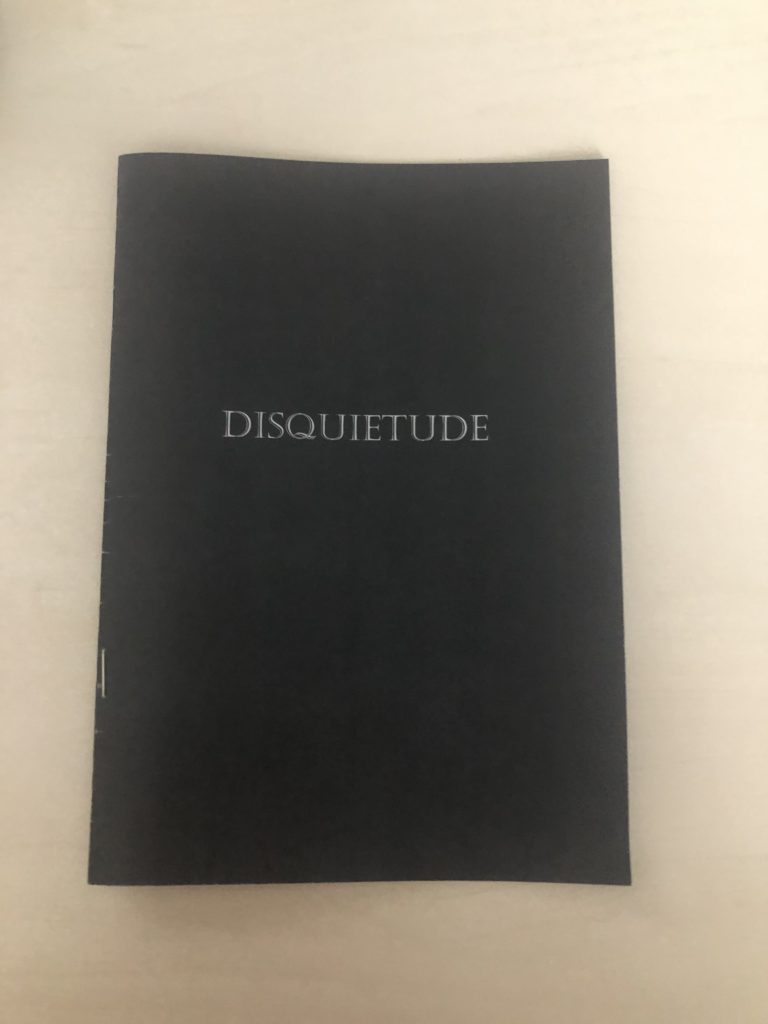
To begin with I really like my front cover. Although it may seem quite simple, I believe it is very intriguing and holds a lot of dull, sad atmosphere, which essentially was what I was trying to achieve. I really enjoy the font I used for my title, it is easy to read although it has a sense of uniqueness and history to it. I feel as though a plain, simple front cover grabs the readers attention and pulls them in to discover what it is about. The title in itself I love too, I actually have never read/seen this word until I researched it which I think would be beneficial in the sense it will grab peoples attention also. Potentially, if i were to do it again, I would’ve maybe added some line drawings of flowers just to give it that edge, however I am not sure how well that would’ve printed.

I also really like how my images turned out within the booklet. However the colouring and lighting within the images came out a little darker than I anticipated. This isn’t necessarily a bad thing however it looked different from the original images. The bleeding pages is another thing I really like, I’m not a fan of white boarders as I feel like sometimes it can make an audience lose interest in an image so I like how my images are large, bold and obvious to the audience. Another thing I would’ve liked to of changed is the composition of some images. For example, as you can see above, the image on the left is fairly zoomed out whereas the image on the right is very zoomed it. This creates a great juxtaposition however I feel as though the overall aesthetics of the booklet would have been better if the composition of the images were similar.
Overall, I really like the outcome of my zine and feel as though it creates a lot of atmosphere and symbolism of the struggles and also thew happy times within a relationship. Concerning my narrative though, I feel as though I could’ve represented my insecurities a little bit better, for example insecurities like; body image, confidence issues in general etc. These would’ve been really effective images to create.
Photozine evaluation
I am thoroughly satisfied with the contrast between urban and natural landscapes. I’m happy with the connotations surrounding each landscape. Dedicating the natural landscapes to one subject and the urban landscapes to the other shows the contrast between both of my subject’s personalities: the first subject can be viewed as free-spirited and whimsical by the audience due to the sublime nature of natural landscapes and the the second subject comes across as more calm and self-contained as urban landscapes often connote feelings of security and sense of community.
A major issue with my photo-book is that I used two subjects instead of the three I had planned. Only using two subject implies a link between the two, having three subjects would have clearly shown the pattern within the zine in regard to the placement of the images. This proved to destroy the narrative I aimed to create. Additionally, a lack of a clear colour scheme throughout proved to hinder the effectiveness of my zine. Mixing black and white images with coloured images ended up fracturing the narrative of the book. However, the idea behind my photo-zine allowed for the exhibition of still life, portraits as well as landscape photography. This gave me the opportunity to showcase different skills and photograph at different times of day, in different lighting etc.
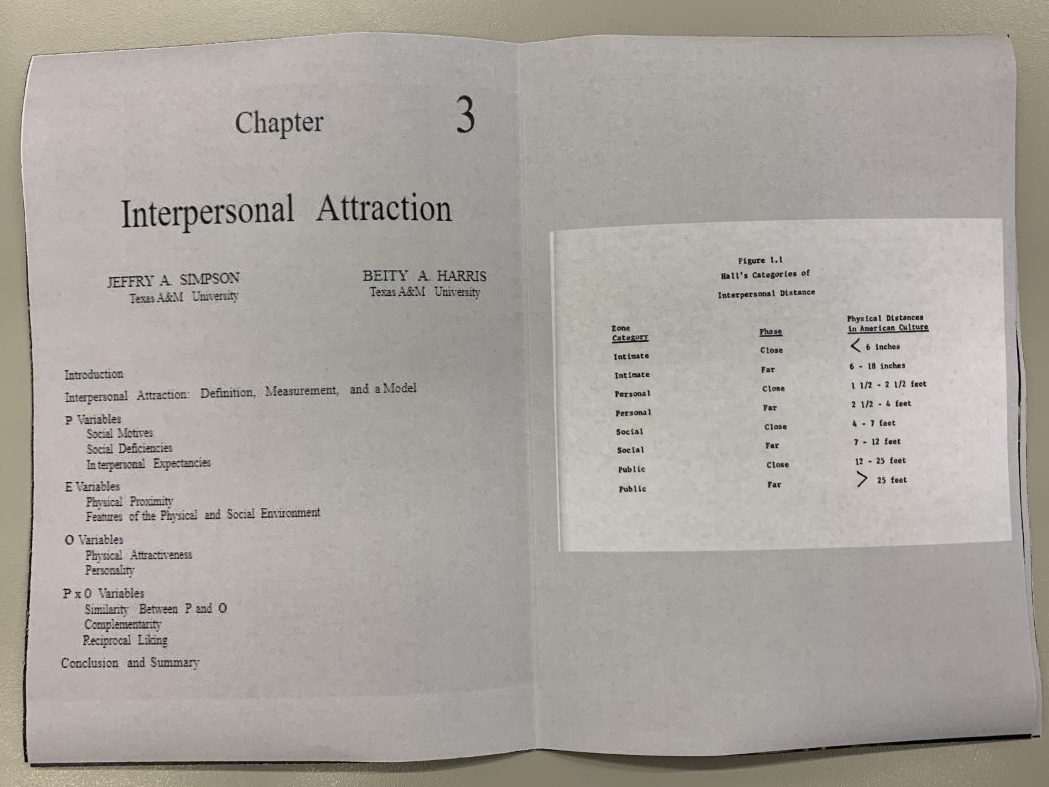
Another successful aspect of my photo-zine the clear division between my two subjects through the use of the middle page. I decided I wanted the psychological sheets to be present here to keep the first half of the book completely separate from the second half of the book.
Something I aim to consider for the next project is how the final result will appear to someone who has never seen the work before and has no knowledge of the context and ideas behind it. If I was to do this photo-book again I would incorporate the idea of closeness more thoroughly. For example, I may create a link between the two subjects within my book, such as meeting at a workplace/party/public place etc. to link the idea that proximity and frequent encounters are major influences on whether two people build a relationship. This may have worked better than attempting to show the significance of these individuals to me. Additionally, I could have considered taking self portraits and including myself in the narrative.
identity politics & CULTURE Wars
Identity politics focuses on aspects such as race, gender, sexuality class and more; where these topics are discussed.
Culture Wars: This is a cultural conflict where opposing parties e.g race fight for dominance in their views and beliefs. It targets topics such as Abortion, transgender rights, homosexuality, pornography etc
An example of cultural wars that links to identity politics is the idea of Christian identity. This is were extremists and white supremacists believe they are the superior race and that only their specific kind have value. (this does not apply to all christians but rather a small majority that are extremists)
- ” all non-whites (people not of wholly European descent) will either be exterminated or enslaved in order to serve the white race in the new Heavenly Kingdom on Earth ”
- “Anglo-Saxon-Celtic peoples (whites) are God’s real “chosen people,” and descend in an unbroken line from Adam and Eve. They are by nature a superior race.”
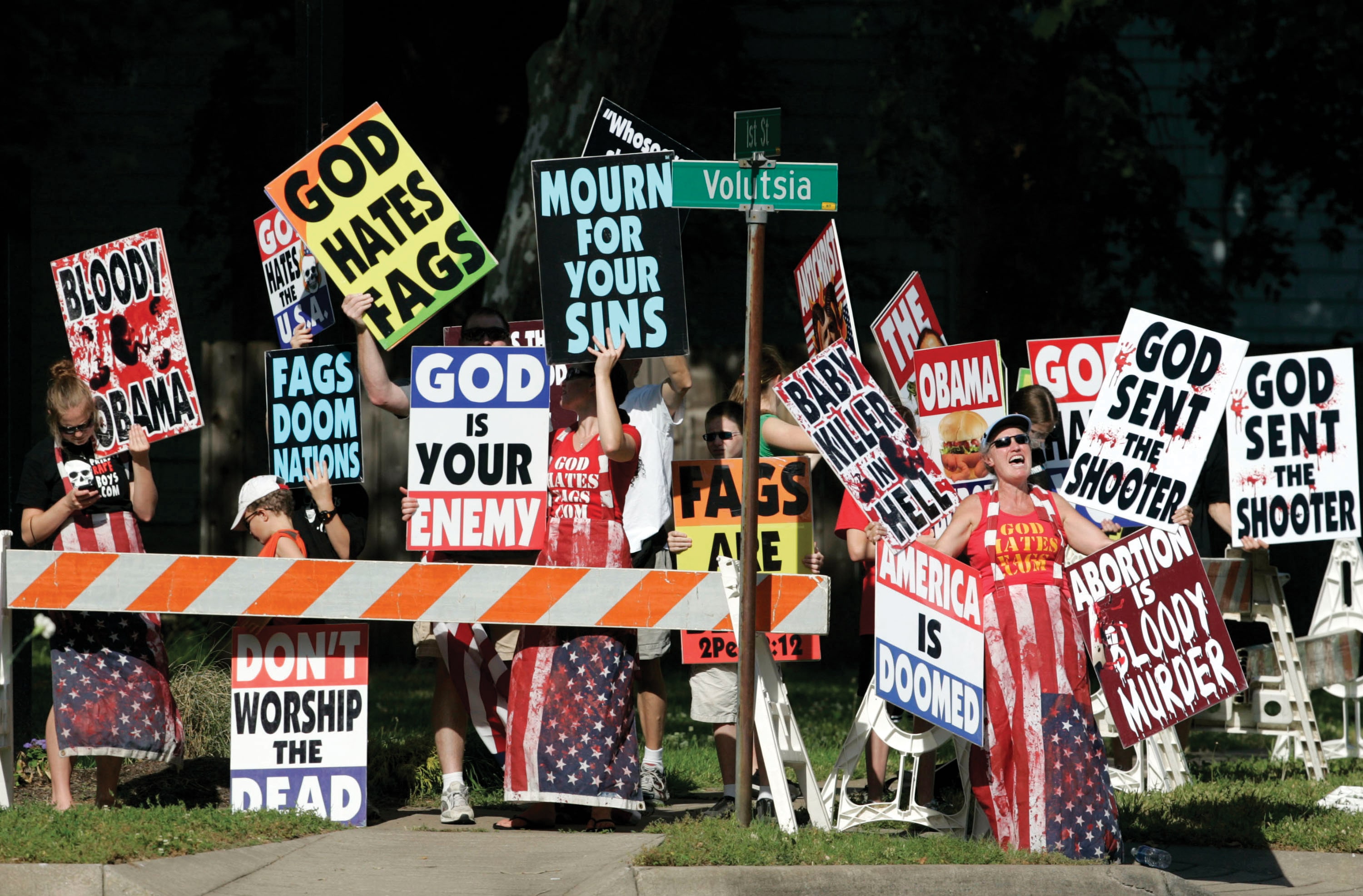
- https://www.splcenter.org/fighting-hate/intelligence-report/1998/how-christian-identity-movement-began
- https://en.wikipedia.org/wiki/Christian_Identity
Another example is the debate of Abortion. People are either Pro-Life (belief that the fetus has rights over child bearer) or Pro-choice (The child bearer should decide what to do with the baby)

https://www.thenation.com/article/archive/abortion-feminist-stigma-claws/



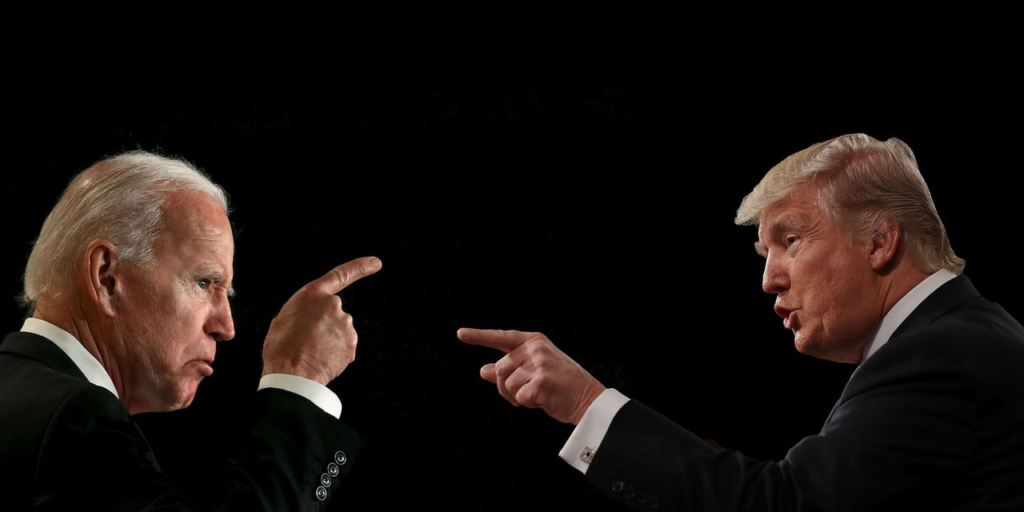
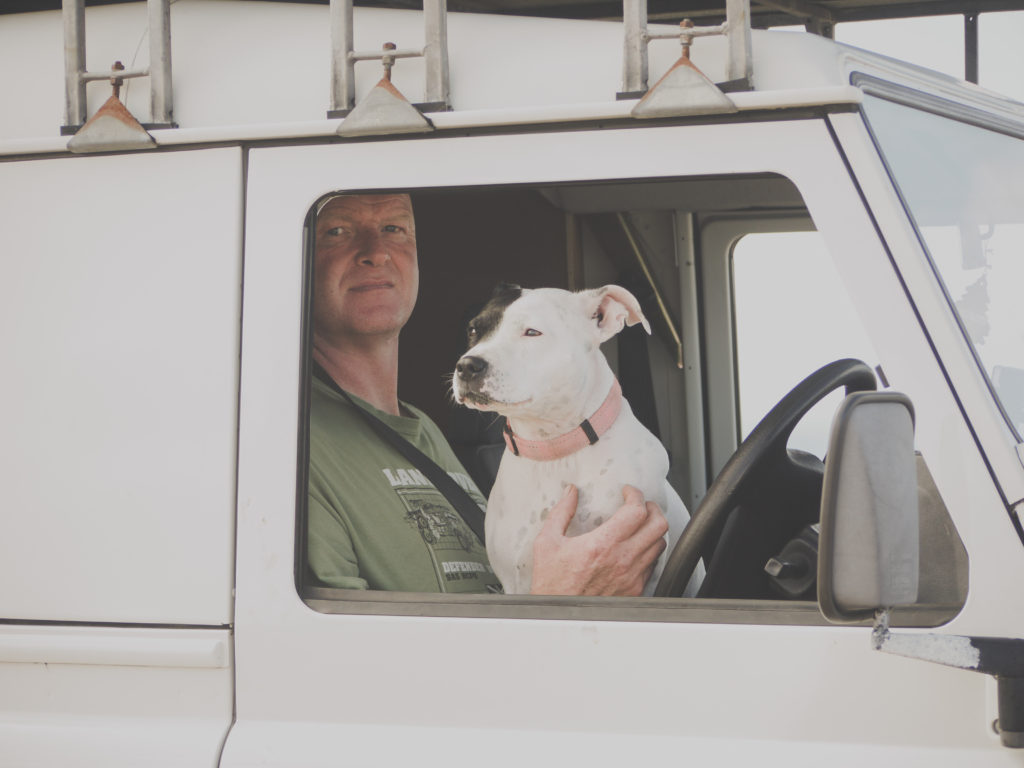
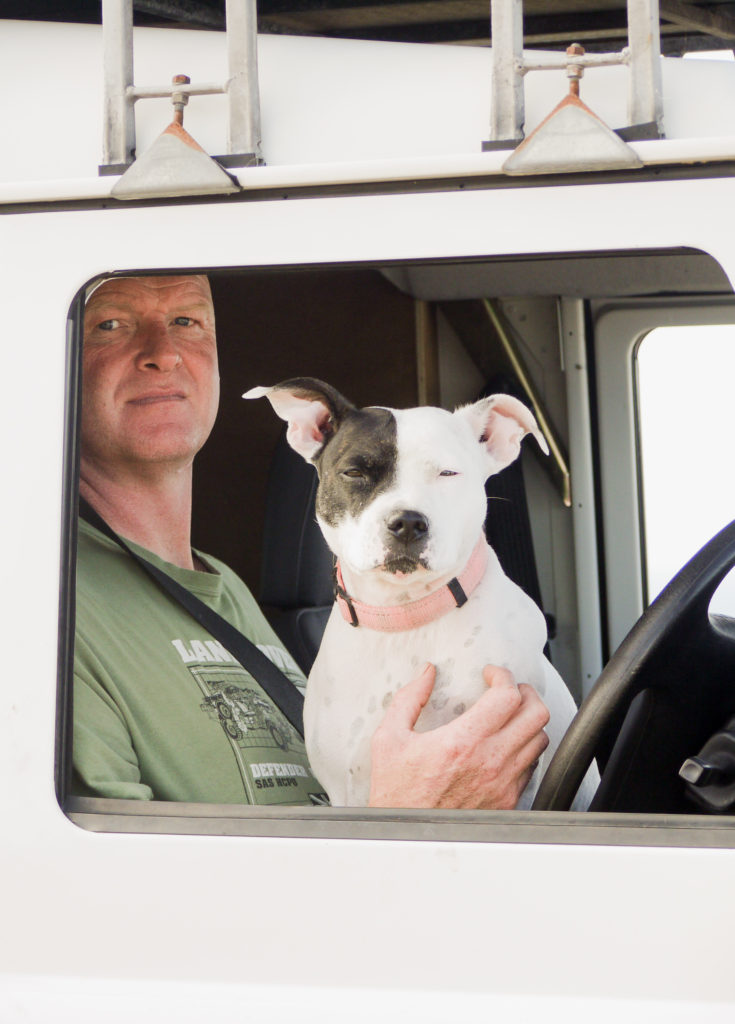
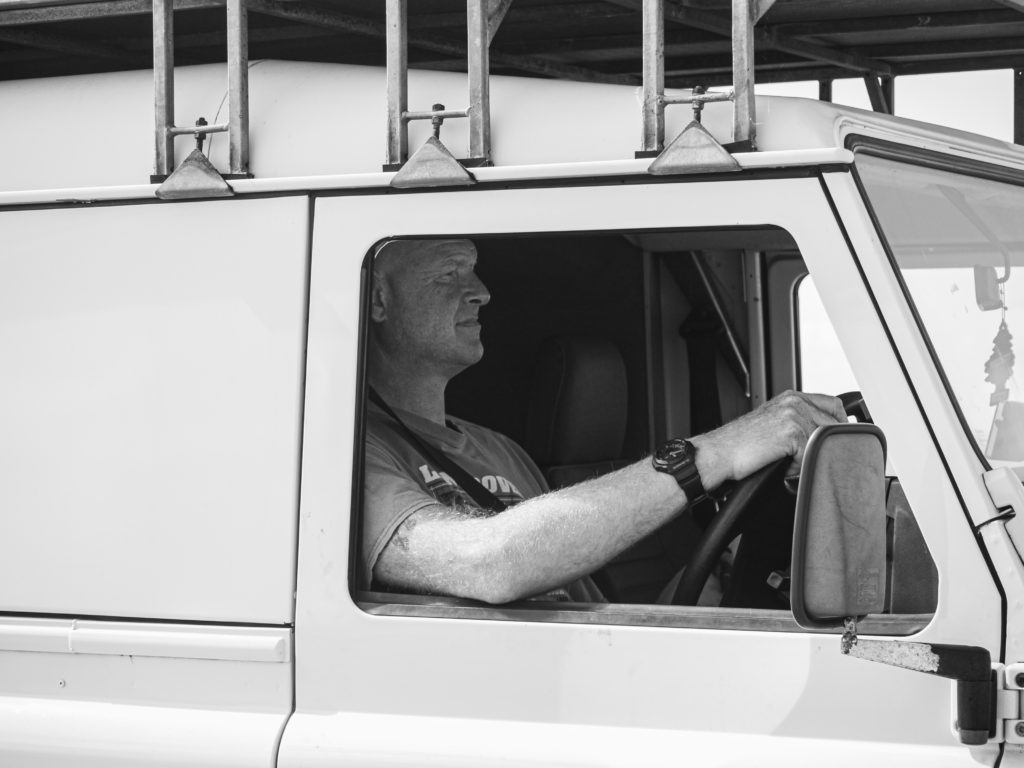


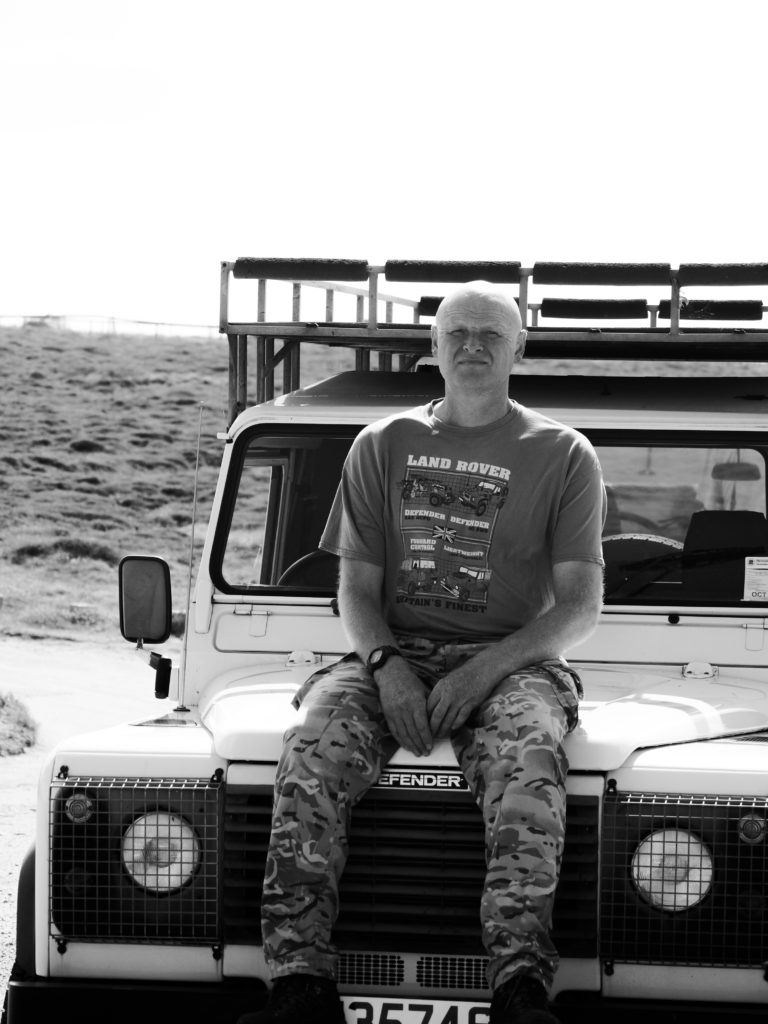

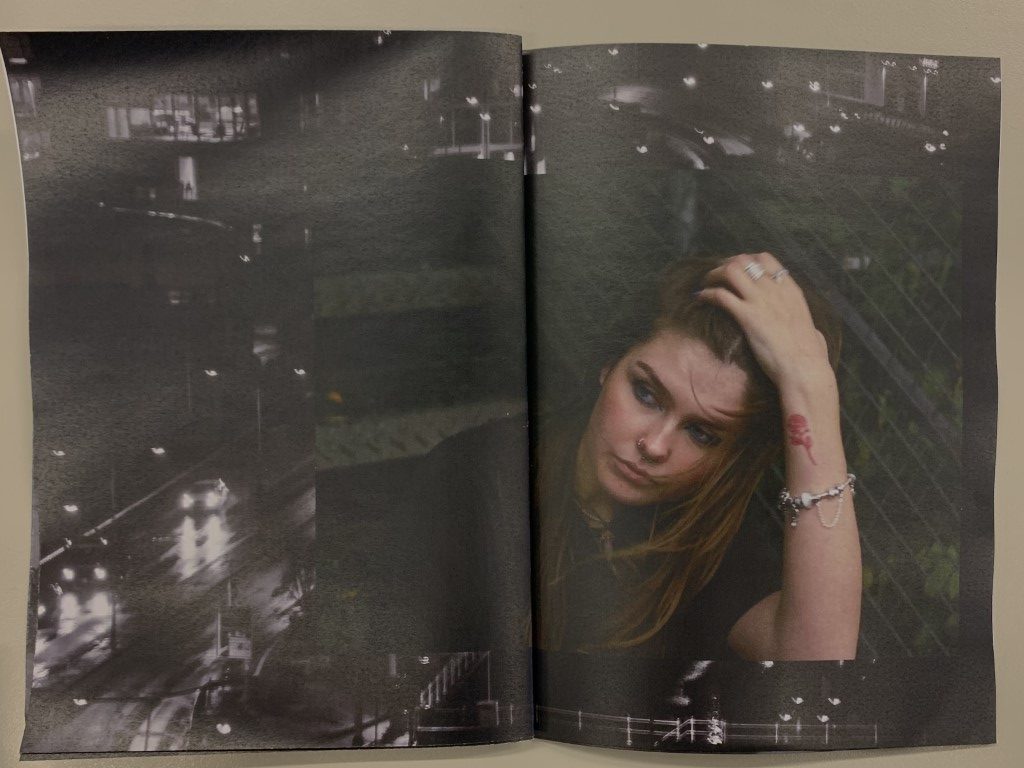
/cdn.vox-cdn.com/uploads/chorus_image/image/52094119/623003804.0.jpeg)
